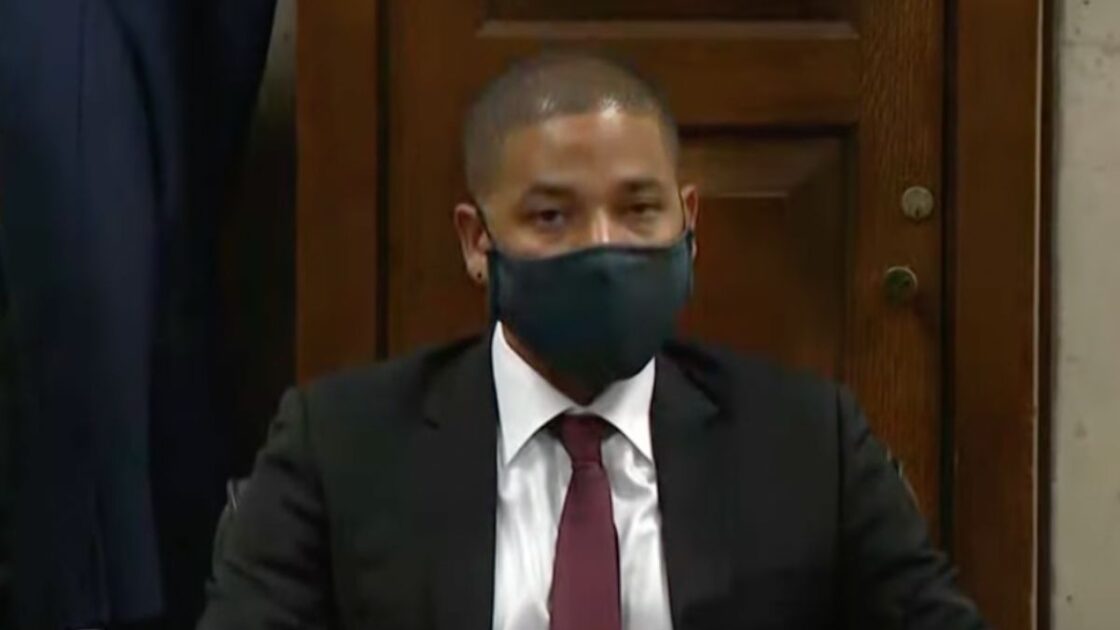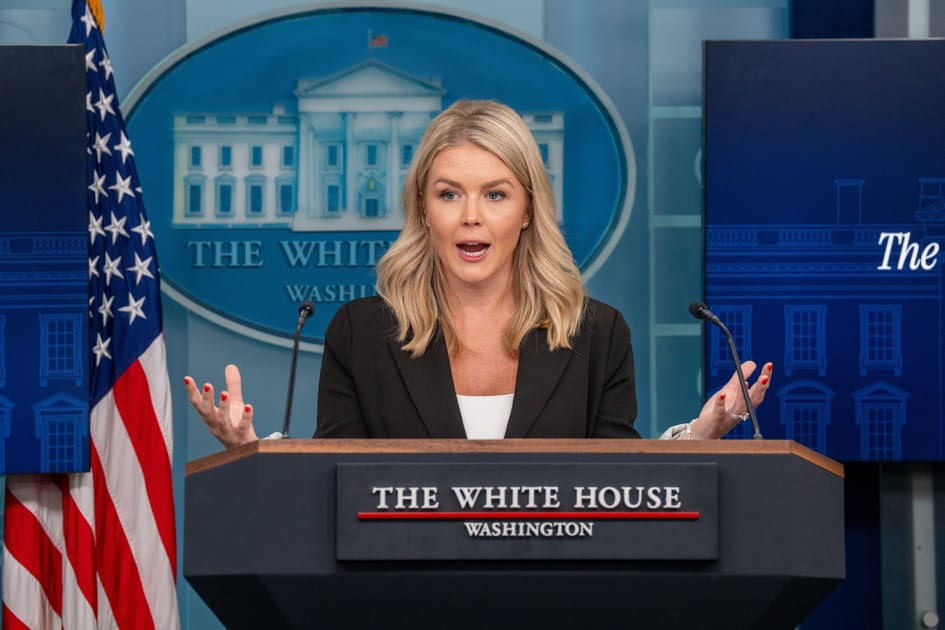The tradition of presidential portraits is as old as the office of the American presidency itself. Beginning with Gilbert Stuart’s 1796 portrait of George Washington, every president has been the subject of an official portrait. An oil painting on canvas is most frequently commissioned, but the advent of photography has opened up new portrait possibilities as well. Historically, portraits were a key way for presidents to communicate and record their likenesses; most citizens would otherwise have no way to see their president. Franklin Delano Roosevelt was the first president to appear on television in 1939, and Harry S. Truman delivered the first televised presidential address, from the White House, in 1947. Portraits serve a greater purpose than revealing a president’s appearance to a curious public. These artworks—historical documents in their own right—convey presidents’ personalities, sensibilities, values, and what kind of legacy they would like to leave.
Stuart’s portrait of our nation’s first president is rich with symbolism. “The Lansdowne Portrait” draws on visual motifs from the ancient Roman Republic in addition to emerging American motifs. Commemorating leaders through portraiture was one of the many traditions that Americans adapted from European precedents. Stuart carefully depicted Washington as a democratic leader rather than a king or military ruler, which set the standard for portraying the president as a person of the American people.
Washington stands in an oratorical pose, dramatically addressing the 4th U.S. Congress. His elegant yet simple black velvet suit may not seem extraordinary by today’s standards, but it is noteworthy that Stuart did not portray Washington with the regalia and accouterments typically seen in 18th-century European portraits. The president’s sword is a dress sword rather than a battle sword—reiterating the new democratic form of government. In the background are storm clouds and a rainbow signifying the peace and prosperity following the conclusion of the Revolutionary War. The medallion on the top of the chair represents the new American flag, and numerous books allude to the principles that guided the new nation and its first president.
Stuart’s iconic painting created the aesthetic philosophy that guided subsequent presidential portraits—portraying the president as an elected official rather than an elusive, magisterial sovereign. It was the portraits of Washington’s successors that established the implicit compositional rules that influenced most presidential portraits up to the present day. John Trumbull painted John Adams while he served as Washington’s vice president; this would become Adams’ official portrait when he became the second president of the United States. Trumbull painted Adams sitting in three-quarter view, meaning the president’s face is halfway between the front and profile. In this pose, Adams does not meet the viewer’s gaze, nor is his entire body depicted; the relative austerity of the painting communicates a dignified restraint. An exterior light source illuminates Adams’ face, which is another technique found in later portraits. Trumbull also painted the famous “Declaration of Independence,” incorporating numerous individual portraits, including Adams’, into a single artwork.
Thomas Jefferson, the nation’s third president, was similarly painted by renowned American artist Rembrandt Peale. Peale was incidentally named after the Dutch Master: Rembrandt van Rijn. The artist situates Jefferson within a neutral composition, and the sitter is accentuated by warm tones. Jefferson meets the viewer’s gaze as an equal, which suggests the Founding Father’s role in championing rights and freedoms for the American people. Like his predecessors, Jefferson wears a plain black suit, which further emphasized the philosophical and practical distinction between American presidents and monarchs overseas.
George Peter Alexander Healy, prolific 19th-century American virtuoso, painted every president from John Quincy Adams to Ulysses Grant for the Corcoran Gallery in Washington, D.C. Healy skillfully adhered to the conventions of existing presidential portraits while offering a glimpse of each leader’s legacy and personality. Healy painted John Quincy Adams sitting in an elegant chair featuring a Greek-style sphinx on either side. The Greek sphinx became a popular Neoclassical motif in the 19th century. The sphinx is an embodiment of wisdom, and Healy used it to symbolize the sixth president’s reputation as an intelligent and cultivated statesman. Adams also gestures toward a drawing of George Washington on his desk, where he is rendered as a sort of blueprint of the American presidency. Adams admired Washington so much that he named his first son George Washington Adams.
Healy also used small details in his portrait of John Tyler to document key events of Tyler’s presidency. Tyler looks outside, which suggests that he is overseeing the United States’ westward expansion. One document on his desk reads “Texas,” as the state was annexed during Tyler’s time in office. Another document in the painting says “China.” Tyler was keenly aware of trade opportunities with the Asia-Pacific region, and he sent the nation’s first diplomatic mission to China. Tyler’s ambassador secured the same trading concessions in China as the British.
Healy followed a similar template in his portraits of James K. Polk, Millard Fillmore, and Franklin Pierce. The artist became one of the country’s greatest portraitists. Beyond his presidential commissions, Healy depicted notable figures such as Daniel Webster, Nathaniel Hawthorne, Henry Wadsworth Longfellow, Eleanor Boyle Ewing Sherman, Pope Pius IX, and numerous European aristocrats.
Abraham Lincoln, however, may be Healy’s most famous subject. Unlike his other presidential portraits, Healy paints Lincoln in a transcendent setting devoid of all the documents and paraphernalia that accompany other sitters. This artistic choice can be explained by the circumstances of the artwork’s commission: Healy created this piece in 1869, four years after Lincoln’s assassination. By omitting the newspapers, books, and other materials, Healy suggests that Lincoln’s work is complete.
Healy immortalized Lincoln, elevating him beyond the minutiae that the office of the presidency entails. Lincoln sits cross-legged in an elegant chair and leans forward, lending an air of dynamism to an otherwise stoic composition. He is characteristically pensive with his chin resting in his hand. While this is a posthumous portrait, Healy took considerable steps to ensure he faithfully captured the 16th president’s likeness. Viewers will recognize Lincoln’s gaunt face, famous beard, and diamond-shaped bow tie. Healy’s artistic brilliance lies in his ability to capture the president’s visage as well as his spirit. Lincoln’s portrait is one of Healy’s most significant works of art and undoubtedly considered an American masterpiece.
Presidential portraits are an enduring and quintessentially American art form. Generations of artists have captured the spirit and legacy of every president since our nation’s founding. While these portraits help citizens visually connect with their elected officials, the insights they leave behind for future Americans are equally significant. They present contemporary audiences with a reflection of the times, while preserving key moments in the nation’s history for posterity. As Americans reflect on the contributions of our leaders on Presidents Day, it is also imperative to acknowledge the invaluable institution of presidential portraiture.
This article was originally published in American Essence magazine.
If you found this article interesting, please consider supporting traditional journalism
Our first edition was published 25 years ago from a basement in Atlanta. Today, The Epoch Times brings fact-based, award-winning journalism to millions of Americans.
Our journalists have been threatened, arrested, and assaulted, but our commitment to independent journalism has never wavered. This year marks our 25th year of independent reporting, free from corporate and political influence.
That’s why you’re invited to a limited-time introductory offer — just $1 per week — so you can join millions already celebrating independent news.








